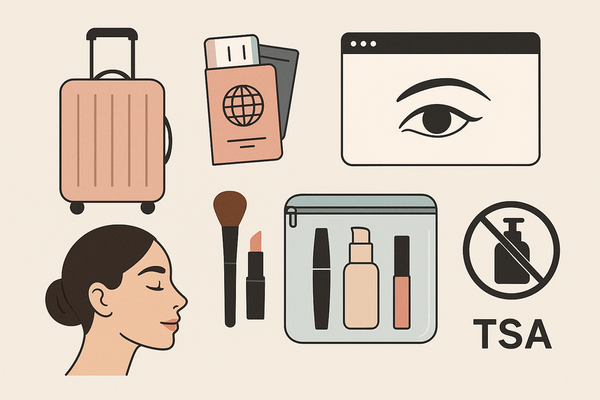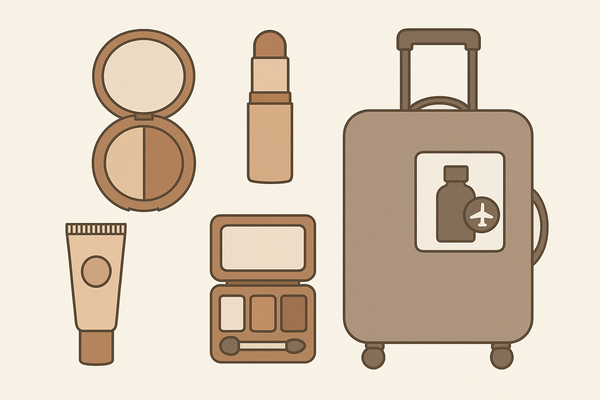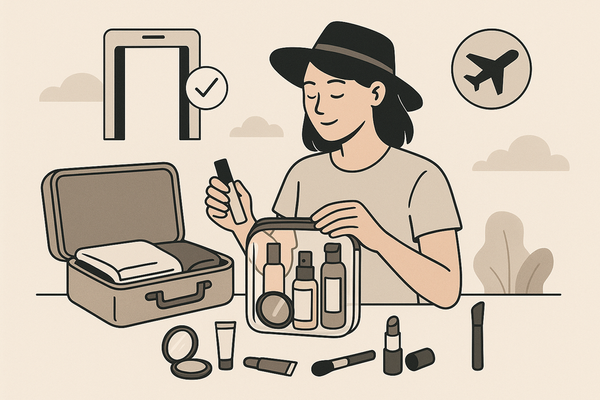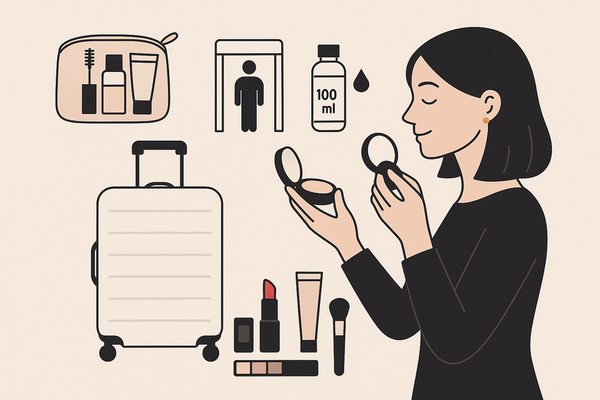Makeup Check AI Brand Collaborations: Unlocking Hyper-Personalized Retail Experiences
Explore how Makeup Check AI brand collaborations transform retail experiences through personalized AI and AR solutions, driving sales and customer loyalty.
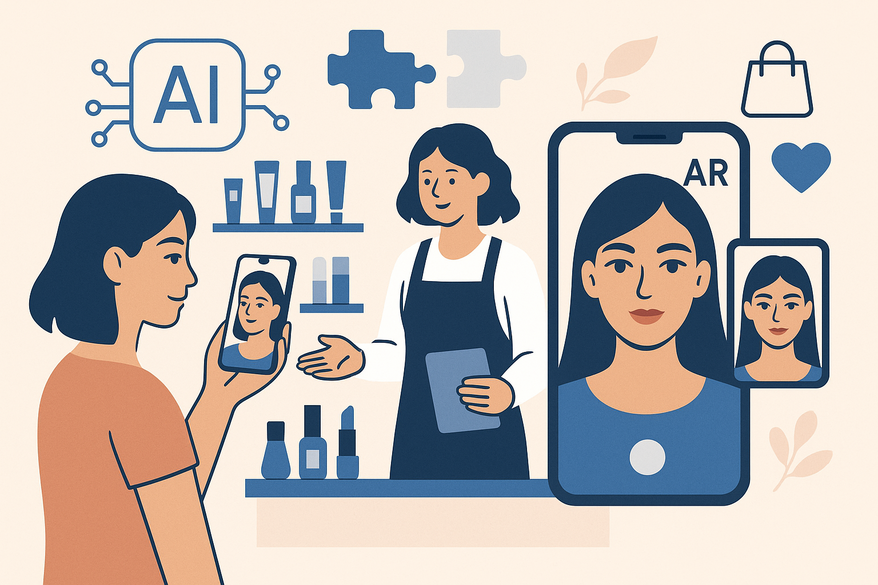
Estimated reading time: 6 minutes
Key Takeaways
- AI-powered AR solutions deliver hyper-personalized beauty experiences and boost engagement.
- Up to 95% foundation-matching accuracy and 35% reduction in product returns.
- Seamless omnichannel integration via mobile SDKs, in-store kiosks, and CRM APIs.
- Strategic tech-beauty partnerships accelerate adoption, conversions, and loyalty.
- Step-by-step roadmap and best practices ensure smooth AI deployment.
Table of Contents
- Section 1: What Is Makeup Check AI?
- Section 2: Understanding Brand Collaborations in Beauty Tech
- Section 3: Retail Integration with Makeup Check AI
- Section 4: Partnership Opportunities and Strategies
- Section 5: Case Studies and Success Stories
- Section 6: Challenges & Best Practices
- Conclusion
Section 1: What Is Makeup Check AI?
Makeup Check AI combines convolutional neural networks (CNNs) with augmented reality overlays to analyze a user’s face and recommend products in real time. By merging machine learning with AR, it tailors every experience to individual skin tone, texture, and hydration levels.
Key capabilities:
Core Features:
- Advanced skin diagnostics
- Analyzes pores, texture, hydration, and redness
- Deep-learning precision for accurate results
- Virtual try-on module
- Live AR application of lipstick, eyeshadow, blush, and foundation
- Reduces product returns by up to 35%
- Personalized product recommender
- Leverages purchase history for tailored suggestions
- Boosts click-through rates by 50%
- Industry context
- Benchmarks AR/AI beauty experiences
- Inspired by PulpoAR’s makeup AI research
Section 2: Understanding Brand Collaborations in Beauty Tech
Brand collaborations unite technology providers and beauty houses to co-create immersive, AI-driven customer experiences. In makeup check ai brand collaborations, these alliances unlock interactive demos and unique co-branded activations.
Why Tech-Beauty Alliances Matter:
- Accelerate adoption of AR/AI tools across retail channels
- Drive in-store and online engagement with live try-ons
- Create co-branded pop-ups and event activations
High-Profile Examples:
- L’Oréal Perso app – on-demand AI-driven skincare and foundation formula customization
- Estée Lauder Clinique Clinical Reality – in-store virtual skin diagnostics powering bespoke regimens
Section 3: Retail Integration with Makeup Check AI
Seamless omnichannel experiences are key. For details on retail integration, explore the platform’s SDKs, kiosks, and API offerings.
- Mobile & Web SDKs
- Embed AR try-on via JavaScript or native iOS/Android SDKs
- Real-time skin analysis, personalized offers, and social sharing
- In-Store Kiosks & Tablets
- Standalone units with camera, lighting, and product dispensers
- Upsell prompts and tactile matching at point of sale
- CRM & Analytics APIs
- Push try-on data into Salesforce, HubSpot, or custom platforms
- Enable data-driven retargeting and personalized campaigns
Section 4: Partnership Opportunities and Strategies
Successful collaborations rely on shared vision and flexible models. For a detailed guide, see the AI makeup retail partnership guide.
Collaboration Models:
- White-Label Solutions – Brand-themed UI/UX over Makeup Check AI’s engine
- Co-Development – Custom algorithm tweaks for exclusive product lines
- Loyalty & CRM Integration – Feed AI insights into reward triggers
Partnership Roadmap:
- Define Objectives – e.g., +20% conversion, data capture goals
- Request Demo & Scope – Collaborate with Makeup Check AI team
- Design Architecture – Select SDKs, map touchpoints, plan data flows
- Pilot Rollout – Test in select stores or regions, collect KPI data
- Analyze & Optimize – Refine UX, iterate AI recommendations, scale
Section 5: Case Studies and Success Stories
Makeup Check AI collaborations deliver measurable results:
Global Beauty Retailer – Challenge: High return rates on foundation. Solution: AR try-on online and in-store. Result: 35% drop in returns, 15% uplift in AOV.
Online Cosmetics Store – Challenge: Low widget engagement. Solution: AI-powered product suggester. Result: 50% higher click-through rates, 12% more conversions.
Section 6: Challenges & Best Practices
Common hurdles and how to overcome them:
- Legacy System Integration – Use custom middleware or API connectors
- Data Privacy & Compliance – Adhere to GDPR/CCPA, implement opt-in flows
- Change Management – Train staff and run in-store workshops
Best Practices:
- Engage certified integrators for secure deployment
- Draft transparent data-use policies in consent dialogs
- Run phased rollouts with pilot locations and demos
- Collect continuous feedback via surveys and in-app prompts
Conclusion
Makeup check ai brand collaborations empower beauty brands to deliver engaging, data-driven journeys—from mobile apps to in-store kiosks—boosting sales and loyalty.
Ready to unlock hyper-personalization? Contact Makeup Check AI for a demo and start your brand collaboration journey today.
FAQ
- What are the main benefits of Makeup Check AI collaborations?
They deliver higher conversion rates, reduce returns by up to 35%, and enhance customer loyalty through personalized AR experiences.
- How does in-store integration work?
Retailers install kiosks or tablets with AR-enabled cameras. Customers try on products virtually and receive instant recommendations.
- How is customer data handled?
All facial data is processed with consent, stored securely, and managed in compliance with GDPR/CCPA regulations.

